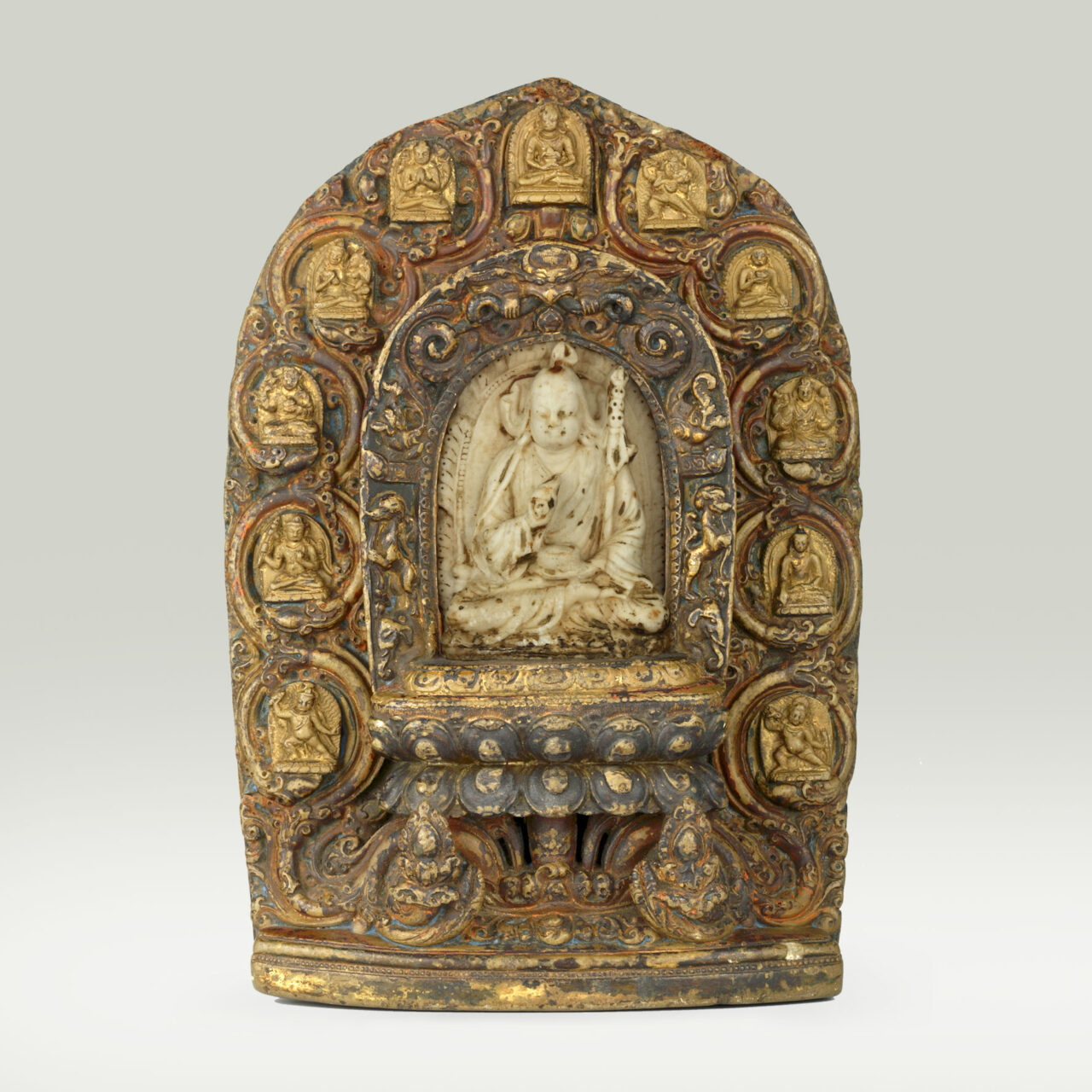
Padmasambhava and His Manifestations
Tibet; late 13th century or later
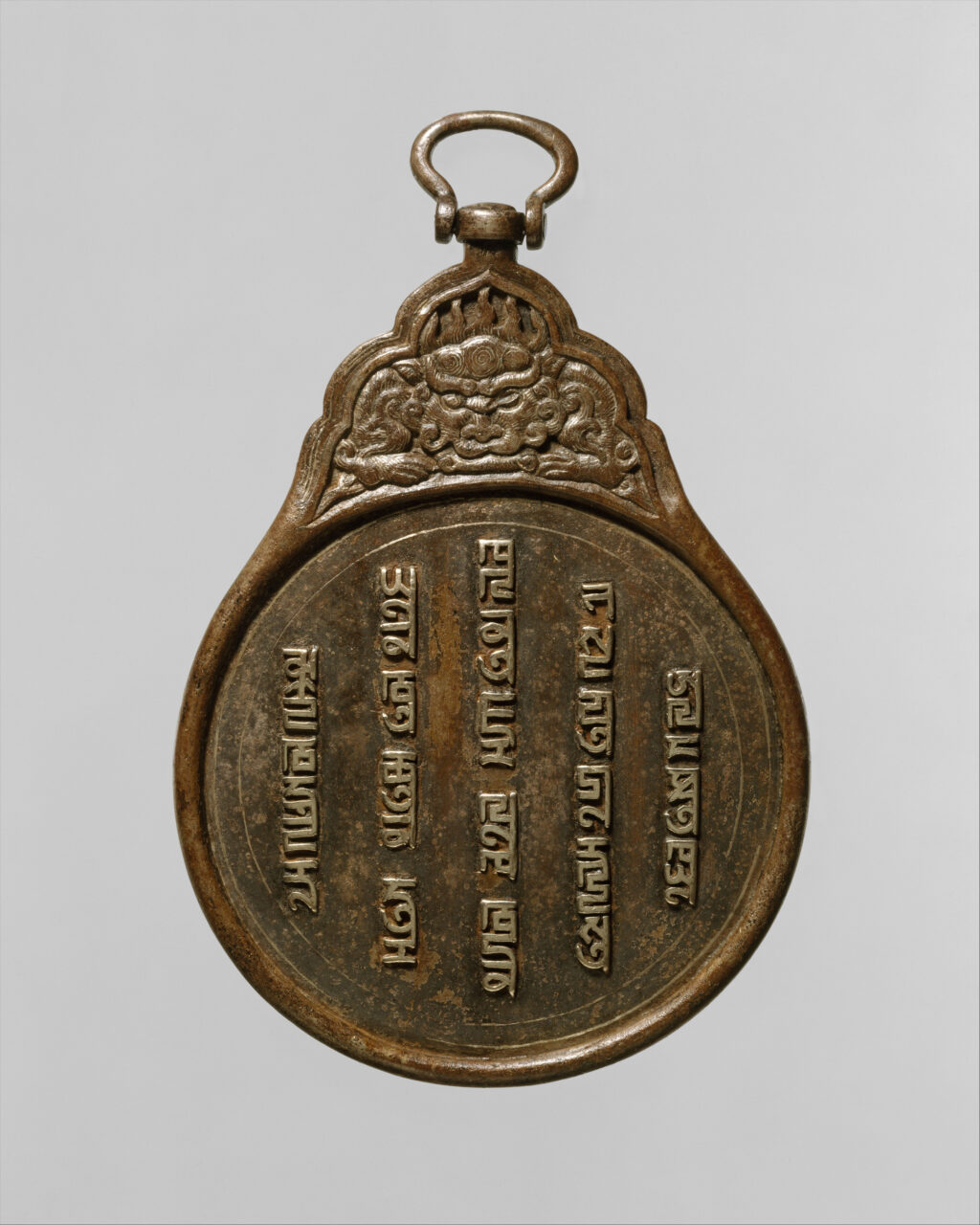
Mongol Messenger’s Badge (Paiza or Gerege) in Pakpa Script
Mongol Empire/Yuan dynasty; late 13th–early 14th century
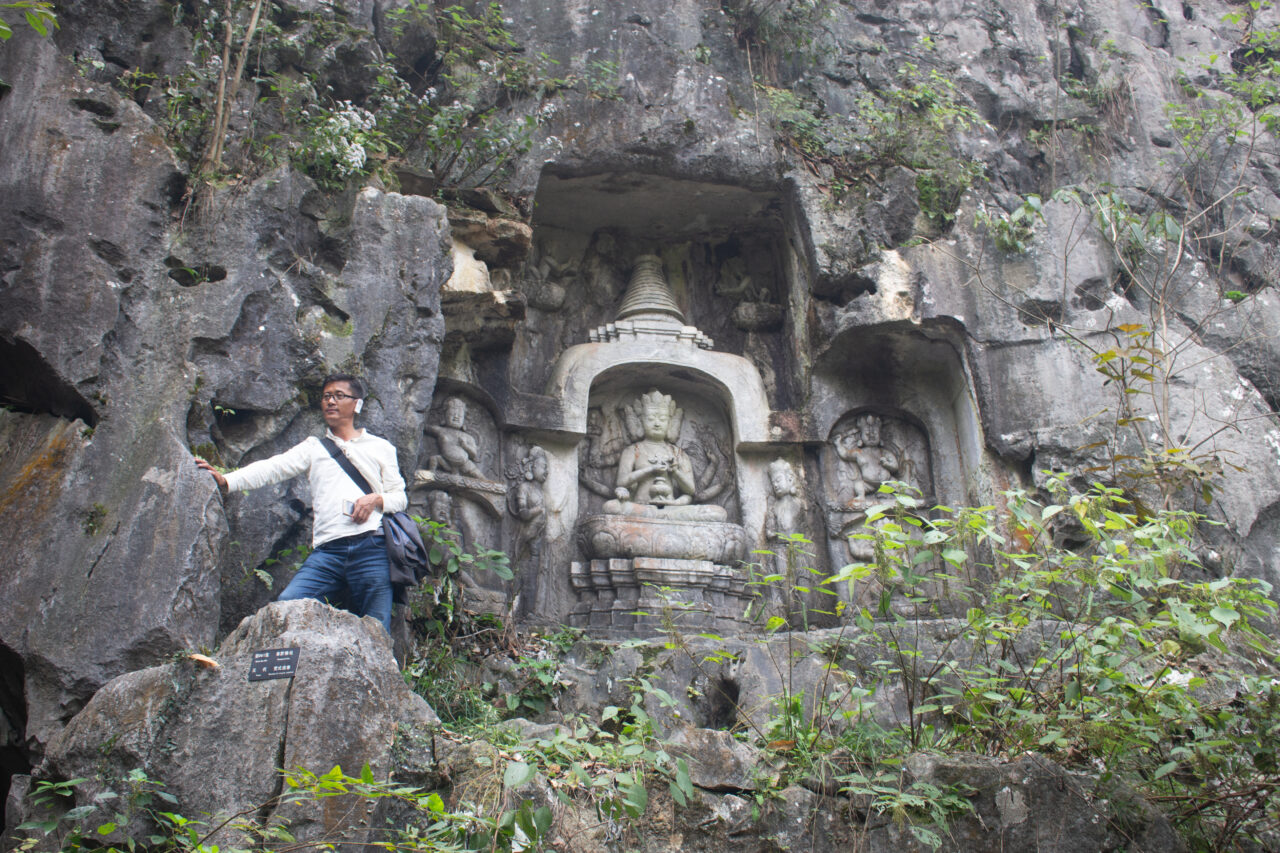
Sculpture under Mongol Patronage: An Indian Buddhist Deity in a Nepalo-Tibeto-Chinese Form
Relief Carving of a Nine-Deity Ushnishavijaya Composition, Niche 84 at Feilaifeng Cliff
Hangzhou, China; ca. 1282–1292
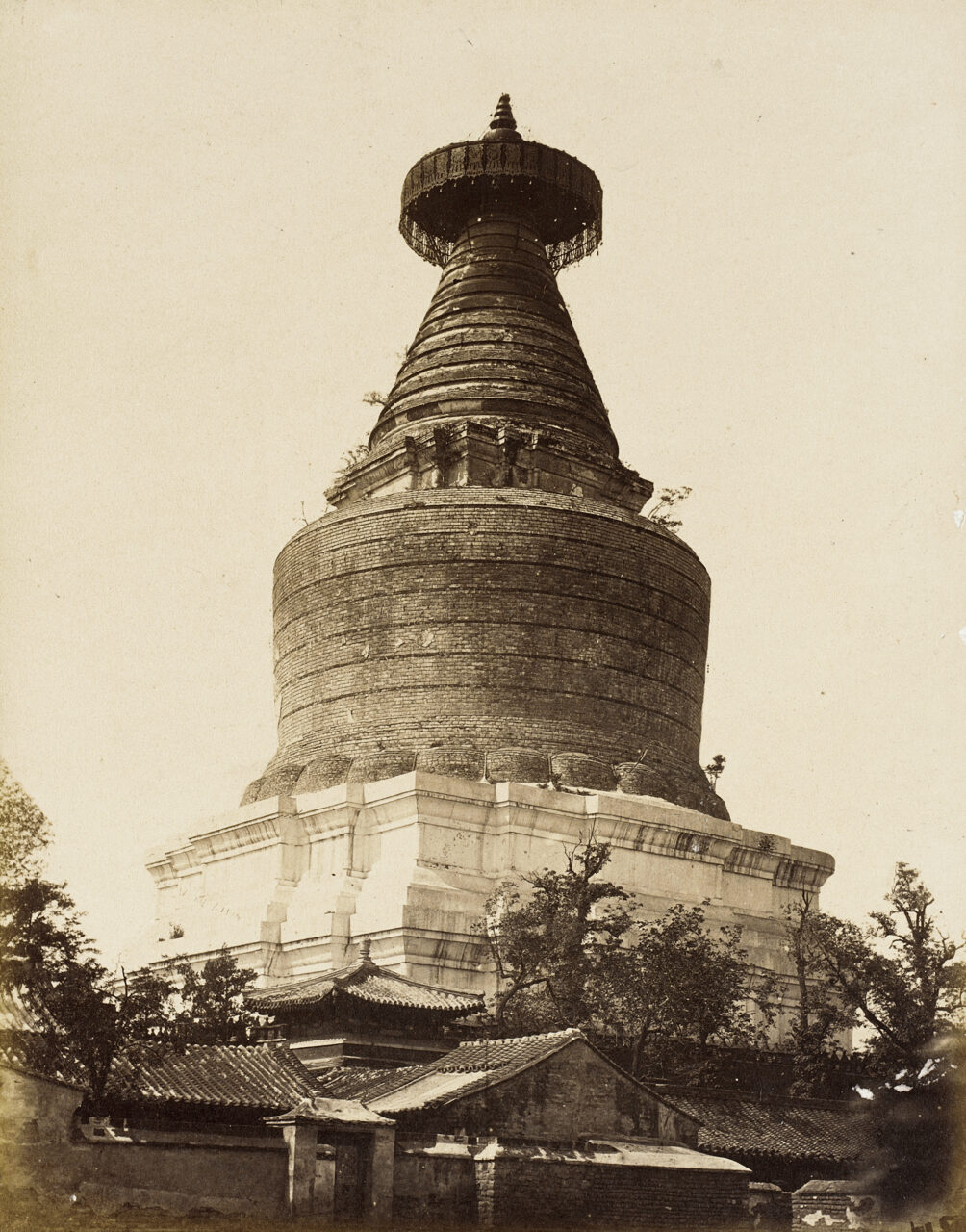
White Stupa, Attributed to Nepalese Artist Anige
Beijing, China; 1279
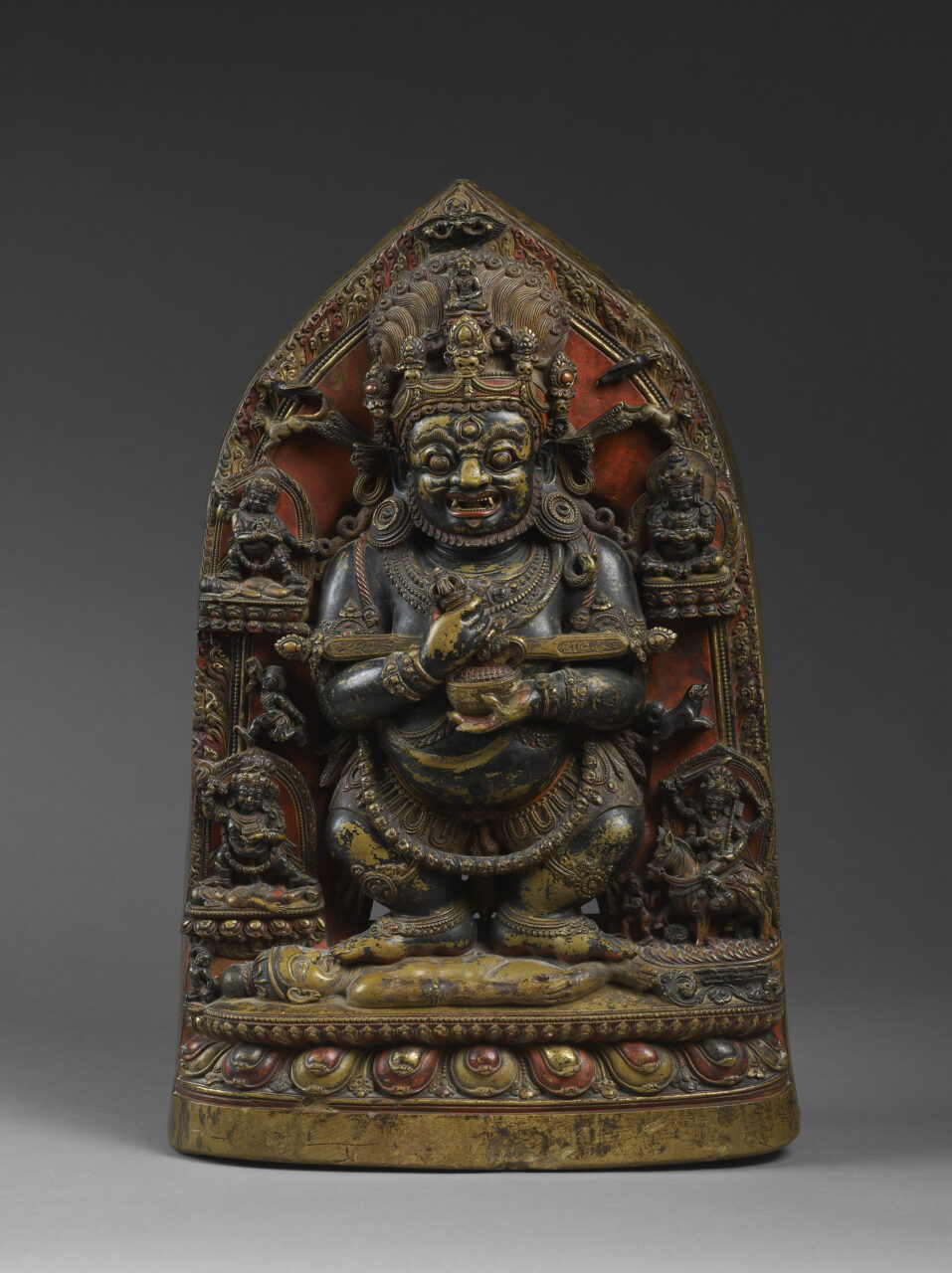
Mahakala Stone Sculpture
Tibet; dated 1292
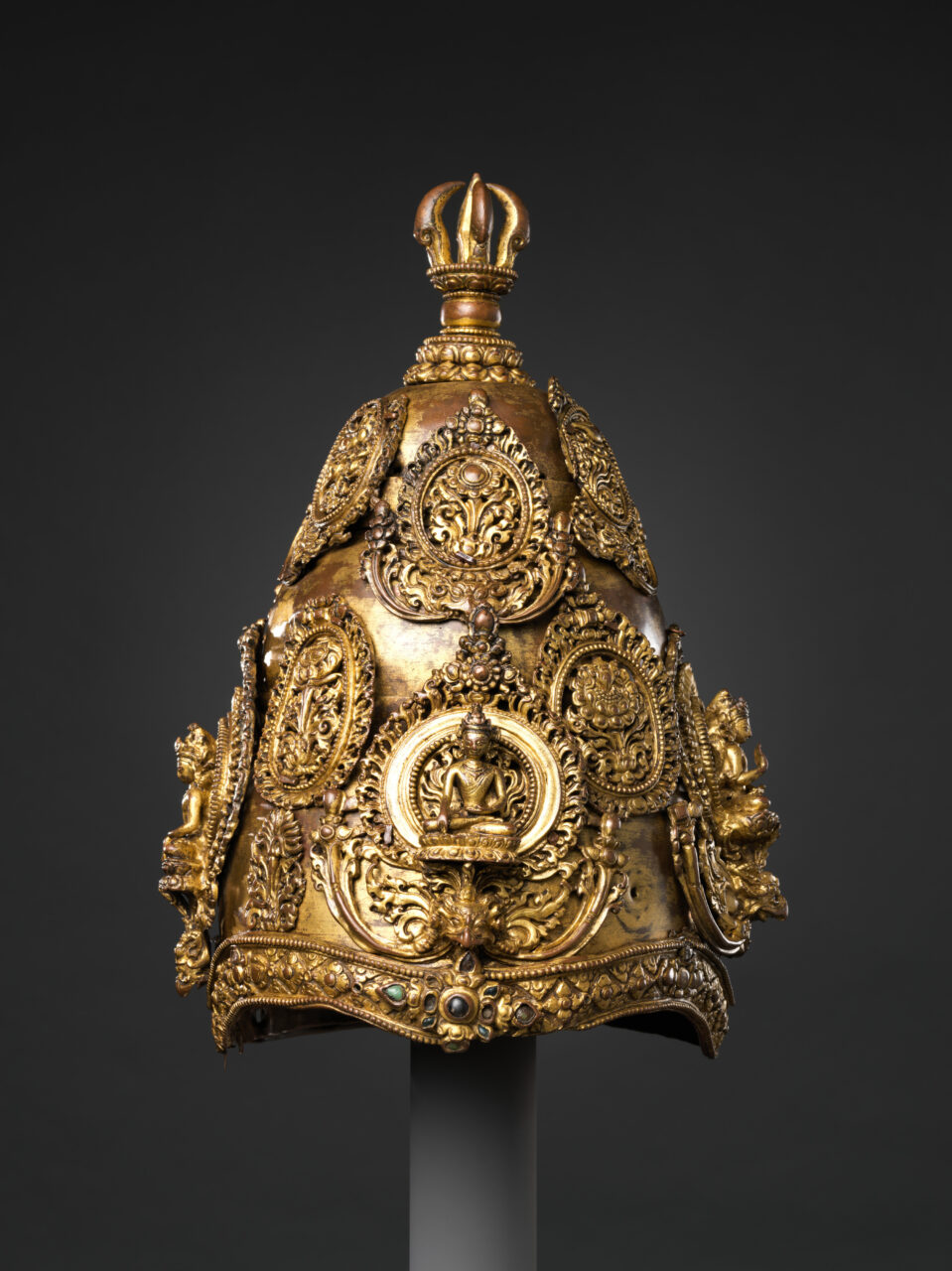
Vajracharya Priest’s Crown
Nepal; ca. 13th century
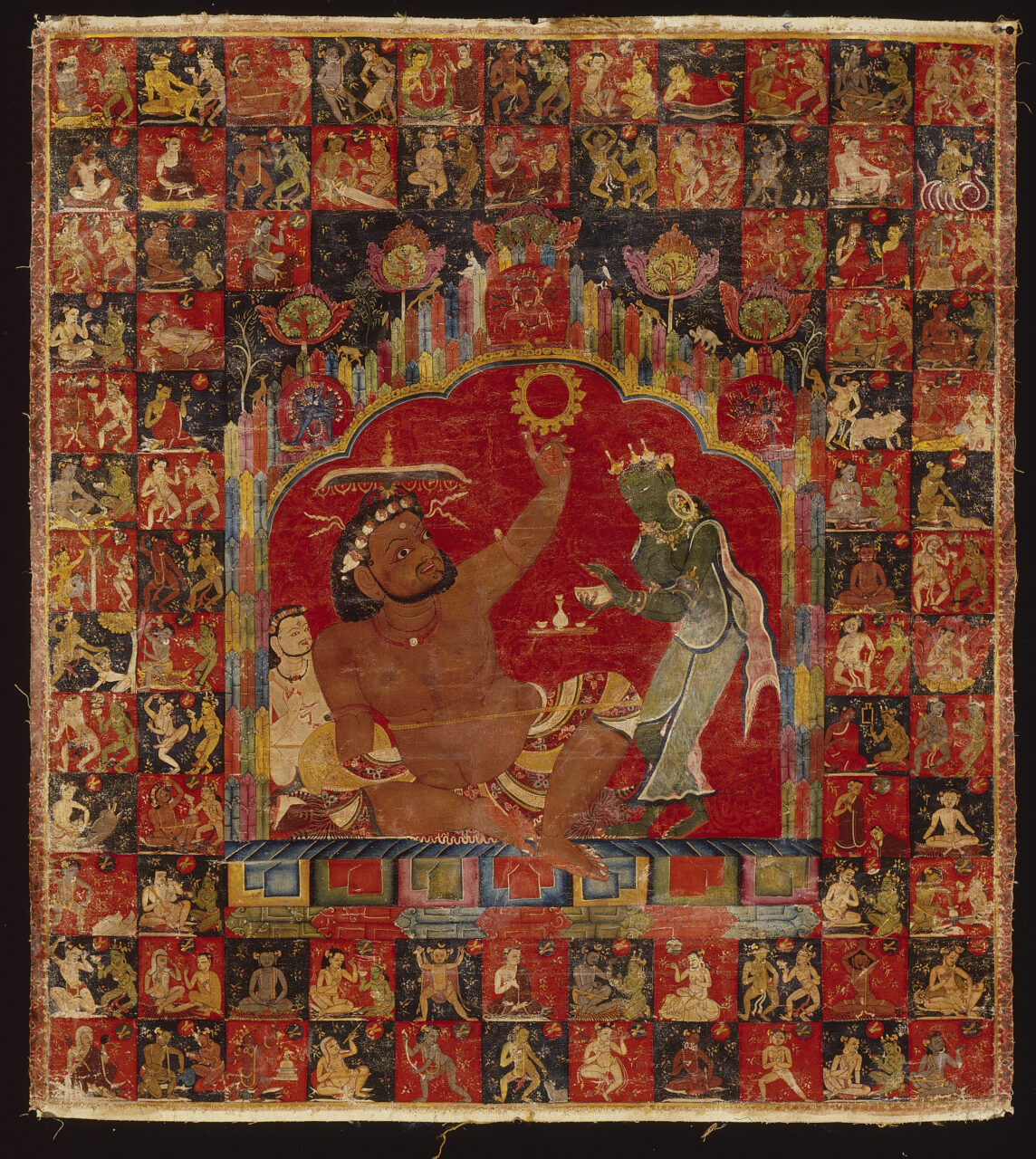
Virupa
Sakya Monastery, Tsang region, central Tibet; ca. 1216–1244
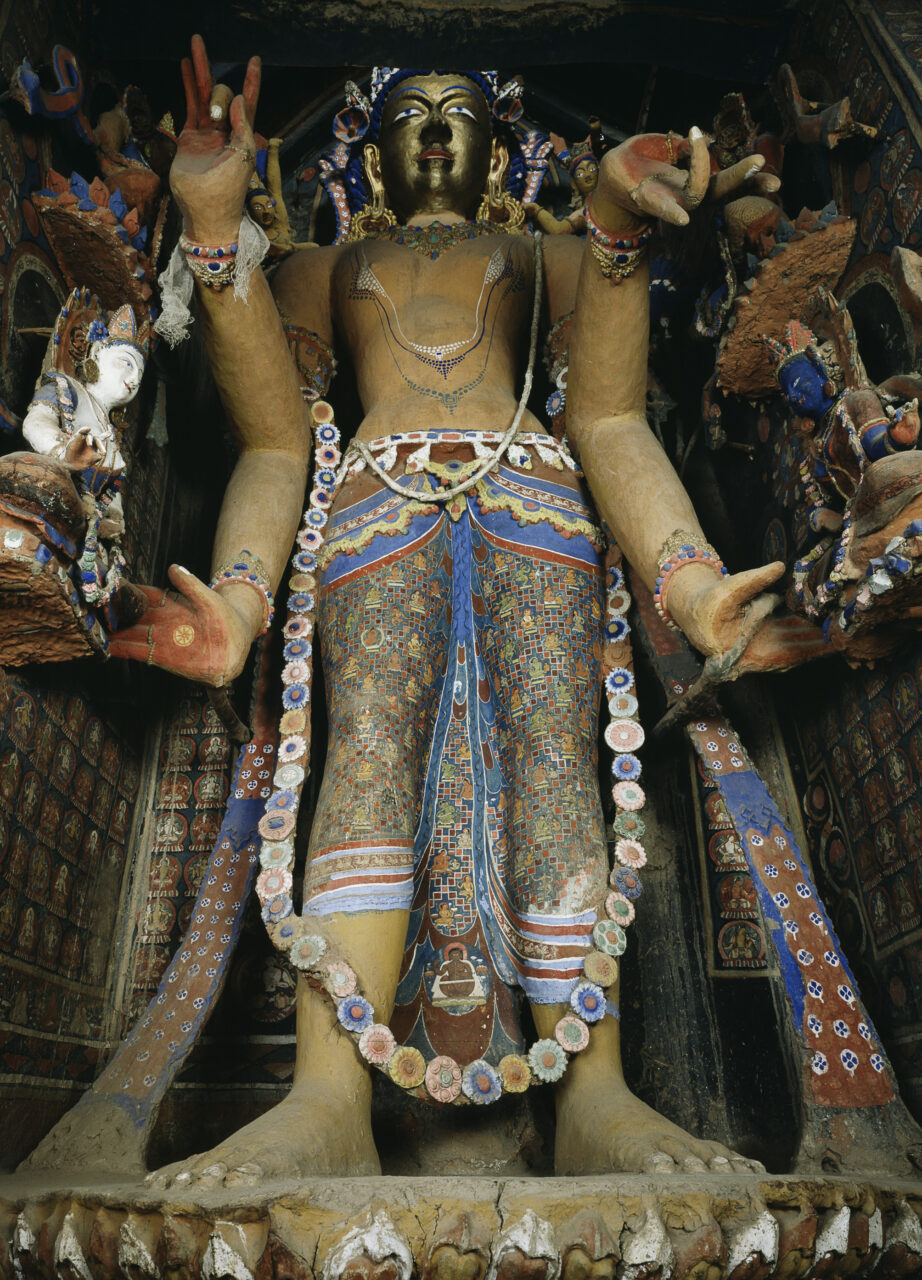
Monumental Manjushri with Mahasiddha-Adorned Robe
Alchi Sumtsek, Ladakh, India; ca. 1220
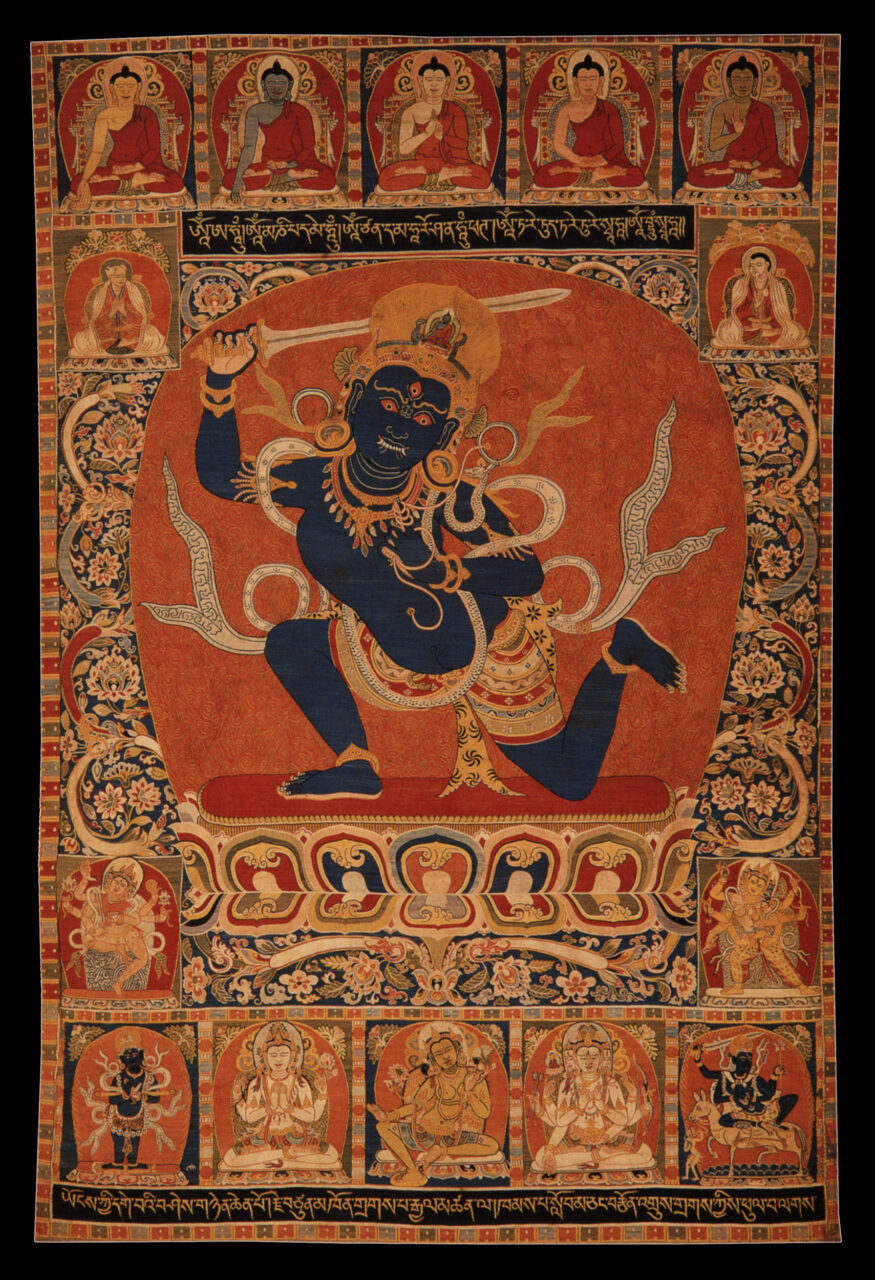
Achala Silk Tapestry
Composition: Tangut Kingdom (Xixia), possibly produced in Dingzhou (present-day Baoding, Hebei Province, China); early to mid-13th century